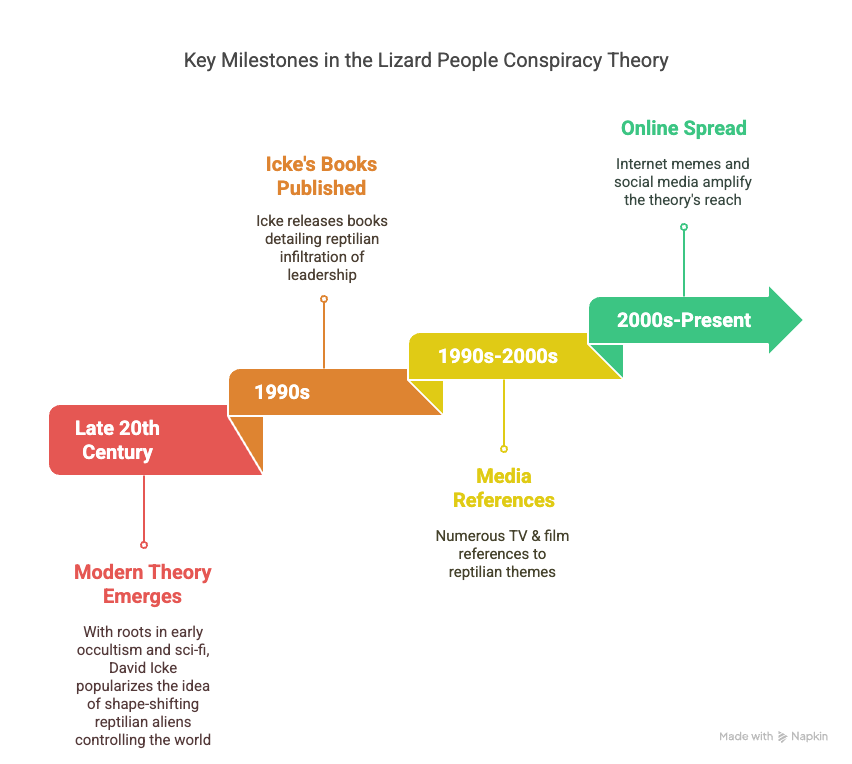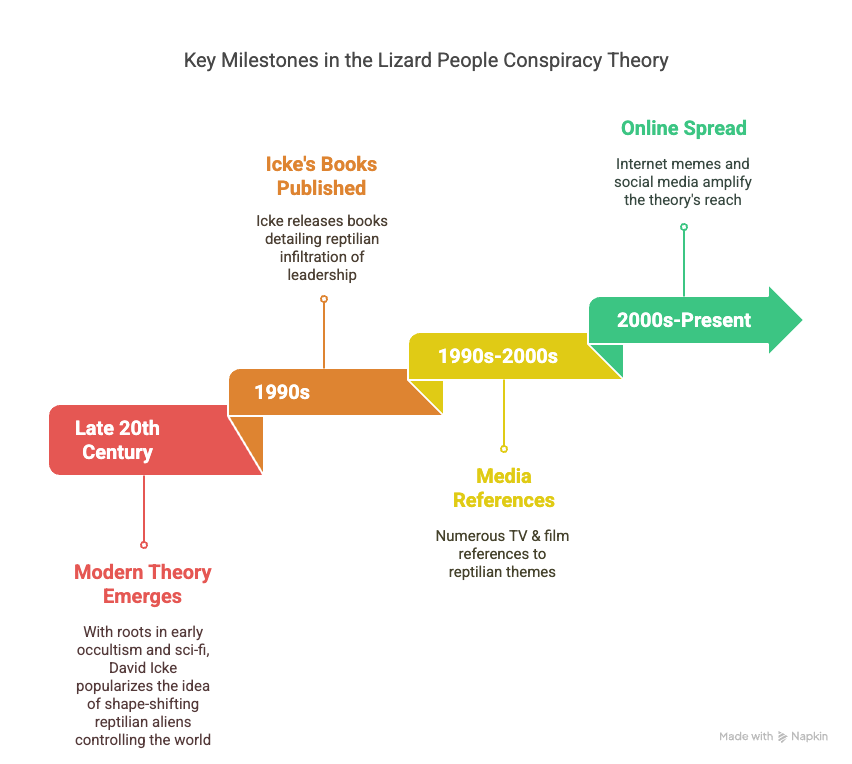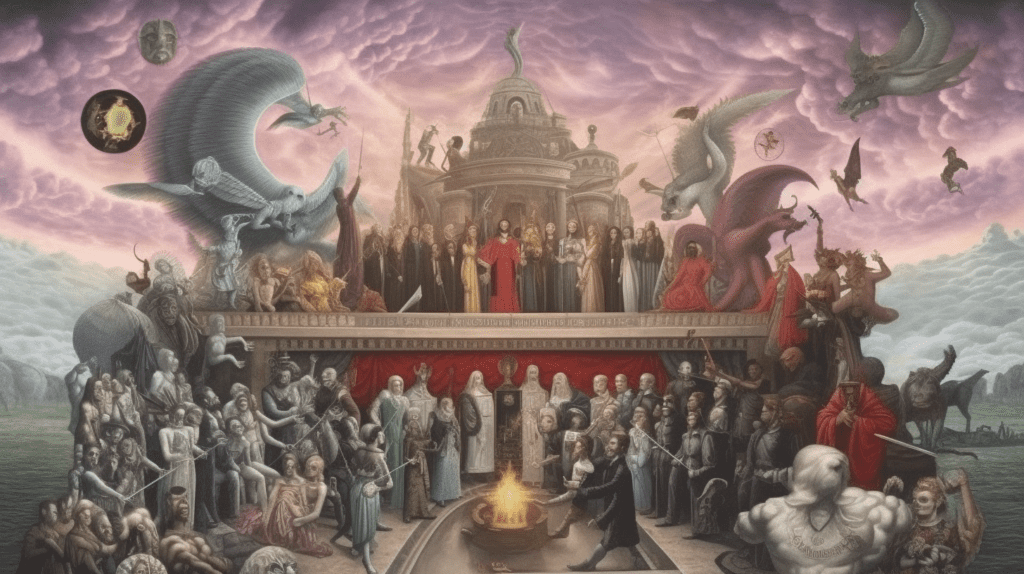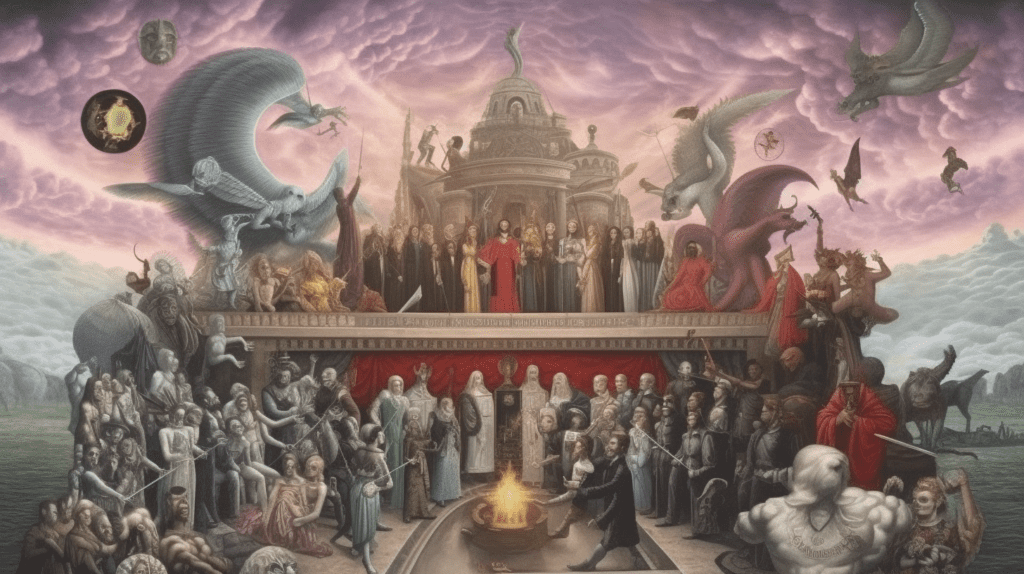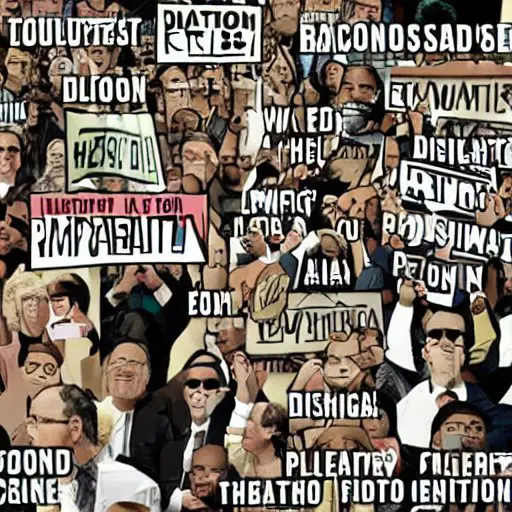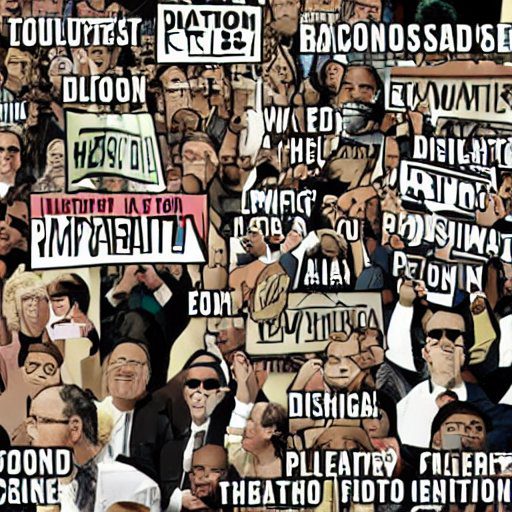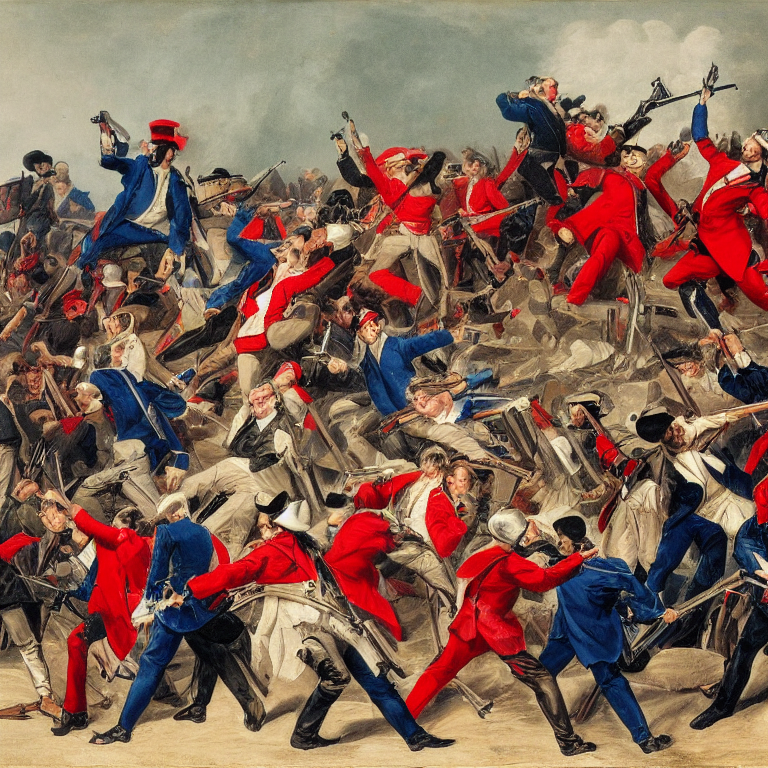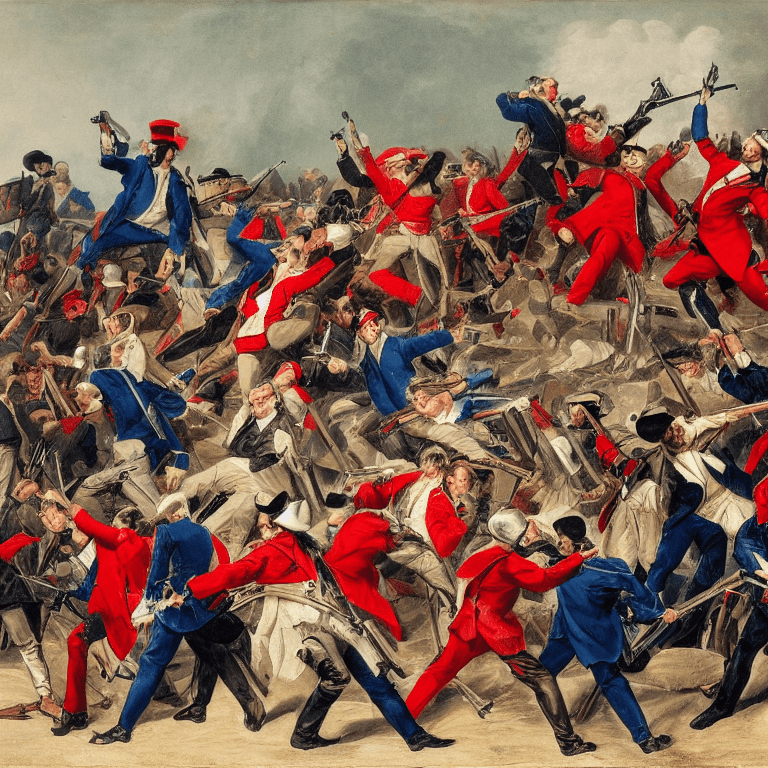The “lizard people” conspiracy theory is one of the more fantastical narratives that have found a niche within modern conspiracy culture. This theory suggests that shape-shifting reptilian aliens have infiltrated human society to gain power and control. They are often depicted as occupying high positions in government, finance, and industry, manipulating global events to serve their sinister agenda.
Origins and evolution
The roots of the reptilian conspiracy theory can be traced back to a mix of earlier science fiction, mythological tales, and conspiracy theories. However, it was British author David Icke who, in the 1990s, catapulted the idea into the mainstream of conspiracy culture. Icke’s theory combines elements of New Age philosophy, Vedic texts, and a wide array of conspiracy theories, proposing that these reptilian beings are part of a secret brotherhood that has controlled humanity for millennia — a variation on the global cabal conspiracy theory framework that shows up in a lot of places.

Icke’s initial ideas were presented in his book “The Biggest Secret” (1999), where he posits that these entities are from the Alpha Draconis star system, now hiding in underground bases and are capable of morphing their appearance to mimic human form. His theories incorporate a broad range of historical, religious, and cultural references, reinterpreting them to fit the narrative of reptilian manipulation.
Persistence and appeal
The persistence of the lizard people conspiracy can be attributed to several factors. First, it offers a simplistic explanation for the complexities and injustices of the world. By attributing the world’s evils to a single identifiable source, it provides a narrative that is emotionally satisfying for some, despite its utter lack of evidence.
Second, the theory thrives on the human tendency to distrust authority and the status quo. In times of social and economic upheaval, conspiracy theories offer a form of counter-narrative that challenges perceived power structures.


Third, the advent of the internet and social media has provided a fertile ground for the spread of such ideas. Online platforms allow for the rapid dissemination of conspiracy theories, connecting individuals across the globe who share these beliefs, thus reinforcing their validity within these communities.
Understanding the Ecosystem: How lizard people theories function in online conspiracy culture
While the origins and cultural impact of David Icke’s reptilian conspiracy theory reveal much about modern conspiracy thinking, a deeper examination of how these ideas actually function within online communities exposes far more complex dynamics than simple belief and propagation. The video below explores the surprising reality of conspiracy forum culture, where the lizard people theory serves not just as a belief system, but as a weapon used by conspiracy theorists themselves to police the boundaries of their own community. Rather than existing in echo chambers of uniform agreement, these spaces operate more like battlegrounds where believers, skeptics, and those who engage purely for intellectual play constantly clash over what constitutes “legitimate” conspiracy thinking.
The 7-minute video below also delves into the science behind combating such misinformation and disinformation, examining cutting-edge research on “inoculation theory” and other evidence-based strategies for building cognitive resistance to false narratives. From David Icke’s dramatic fall from BBC respectability to the sophisticated psychological techniques now being deployed to counter conspiracy thinking, this analysis reveals how the seemingly absurd world of shape-shifting reptilians has become a crucial case study for understanding the broader challenges of truth, belief, and information warfare in the digital age.
Lizard people in modern culture and society
In modern culture, the lizard people conspiracy theory occupies a peculiar niche. On one hand, it is often the subject of satire and parody, seen as an example of the most outlandish fringe beliefs. Shows, memes, and popular media references sometimes use the imagery of reptilian overlords as a humorous nod to the world of conspiracy theories.
On the other hand, the theory has been absorbed into the larger tapestry of global conspiracy culture, intersecting with other narratives about global elites, alien intervention, and secret societies. This blending of theories creates a complex and ever-evolving mythology that can be adapted to fit various personal and political agendas.
Despite its presence in the digital and cultural landscape, the reptilian conspiracy is widely discredited and rejected by mainstream society and experts. It’s critiqued for its lack of credible evidence, its reliance on anti-Semitic tropes (echoing age-old myths about blood libel and other global Jewish conspiracies), and its potential to fuel mistrust and paranoia.
Current status and impact
Today, the reptilian conspiracy theory exists on the fringes of conspiracy communities. While it has been somewhat overshadowed by newer and more politically charged conspiracies, it remains a staple within the conspiracy theory ecosystem. Its endurance can be seen as a testament to the human penchant for storytelling and the need to find meaning in an often chaotic world.
The impact of such theories is a double-edged sword. While they can foster a sense of community among believers, they can also lead to social alienation and the erosion of trust in institutions. The spread of such unfounded theories poses challenges for societies, emphasizing the need for critical thinking and media literacy in navigating the complex landscape of modern information.
The lizard people conspiracy theory is a fascinating study in the power of narrative, belief, and the human desire to make sense of the unseen forces shaping our world. While it holds little sway in academic or scientific circles, its evolution and persistence in popular culture underscore the enduring allure of the mysterious and the unexplained.
Recent pop culture and media references
The lizard people conspiracy theory continues to captivate the public imagination, finding its way into various forms of media and popular culture. Recent years have seen a surge in references to this outlandish theory, demonstrating its persistent influence on contemporary discourse.
Television and streaming
Netflix’s animated series “Inside Job” (2021) prominently features lizard people as part of its satirical take on conspiracy theories. The show depicts various celebrities and political figures, including Taylor Swift, Judge Judy, and even Queen Elizabeth II, revealing their “true” reptilian forms. This humorous approach both mocks and acknowledges the pervasiveness of the lizard people myth in popular consciousness.
Numerous other shows, from People of Earth (2016-17) and Secret Invasion (2023) to parodies and satire in The Simpsons, Rick & Morty, and Gravity Falls have echoed and amplified the conspiracy in media.
Even before Icke’s book, the original NBC miniseries “V” in 1983 portrayed carnivorous reptilians masquerading as human-looking “Visitors,” seeking to dominate the planet. The show was a Cold War allegory that some modern-day conspiracy theorists misquote as “proof.”
Social media trends
TikTok has become a hotbed for conspiracy theory content, including discussions about lizard people. A study analyzing 1.5 million TikTok videos shared in the US over three years found that approximately 0.1% of all videos contained content related to conspiracy theories. While this percentage may seem small, it represents a significant number of videos given TikTok’s massive user base.
Podcasts and online content
The enduring fascination with the lizard people conspiracy is evident in the existence of dedicated podcasts like “Lizard People,” which explores various conspiracy theories, including the reptilian elite. Such content creators often blend humor with pseudo-investigation, further embedding the concept in internet culture.


Video games and interactive media
While not necessarily directly referencing lizard people, a number of video games have incorporated reptilian humanoids or shape-shifting aliens as antagonists, potentially drawing inspiration from or alluding to the conspiracy theory. Some of the more notable examples include Deus Ex (2000), which includes references to various real-world conspiracy theories, with one of its factions, Majestic 12, connecting to theories about reptilian control.
The Mass Effect series includes the Salarians, a reptilian race highly influential in galactic politics. And in 2013’s Saints Row IV, there’s a direct satirical nod to the lizard people conspiracy theory in one of its mission plot lines that involves fighting against shape-shifting aliens infiltrating the government.
Public figure mentions
Although direct endorsements of the lizard people theory by mainstream public figures are rare, occasional references or jokes about the concept by celebrities or politicians can reignite public interest and discussion. However, it’s crucial to approach such mentions critically and verify their context and intent.
The persistence of the lizard people conspiracy in various media forms underscores its role as a cultural touchstone. Whether treated as satire, serious speculation, or a subject of mockery, the theory continues to evolve and adapt to new platforms and audiences — reflecting broader societal anxieties and the enduring human fascination with and craving for the unknown and the extraordinary.
